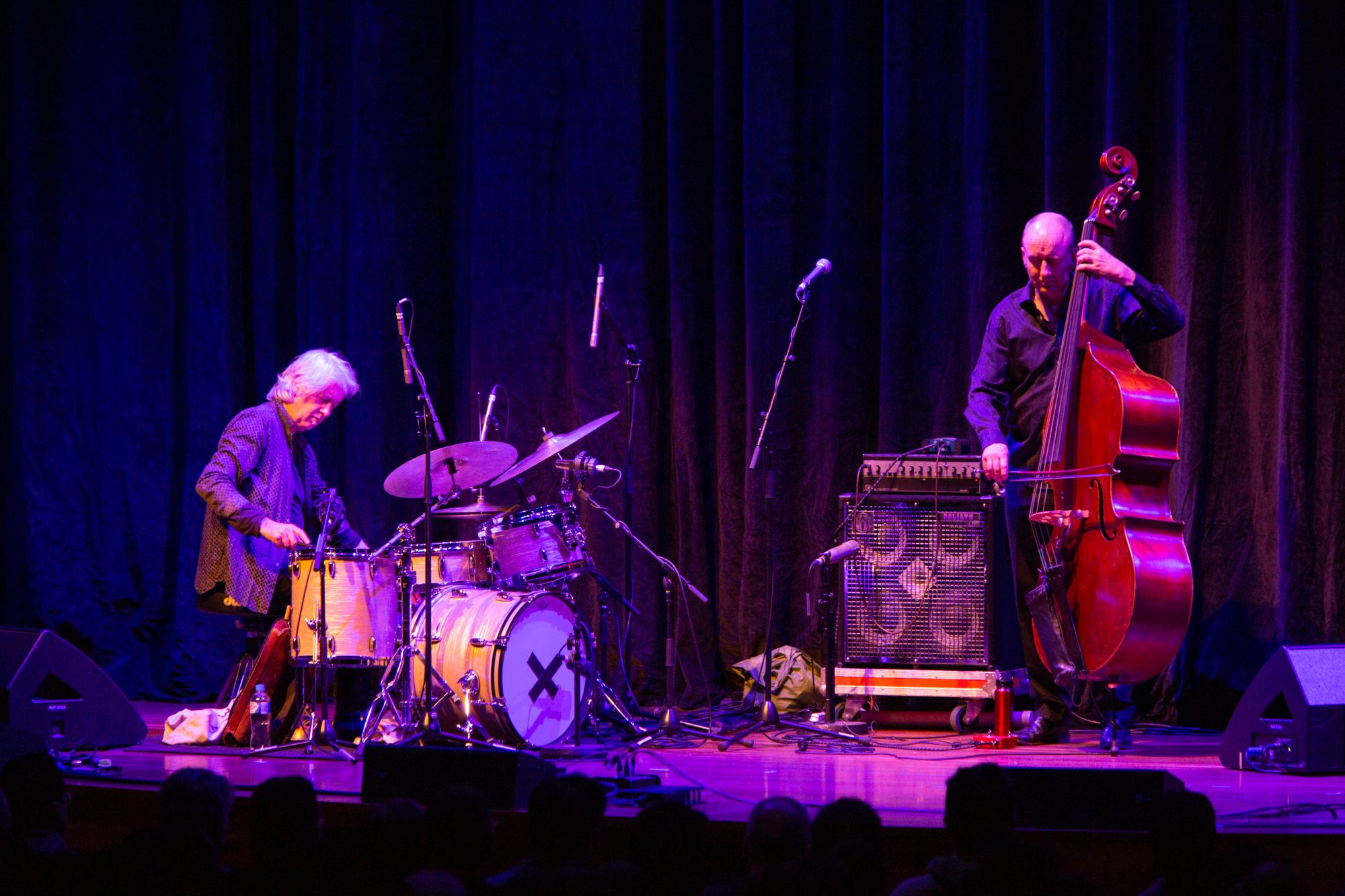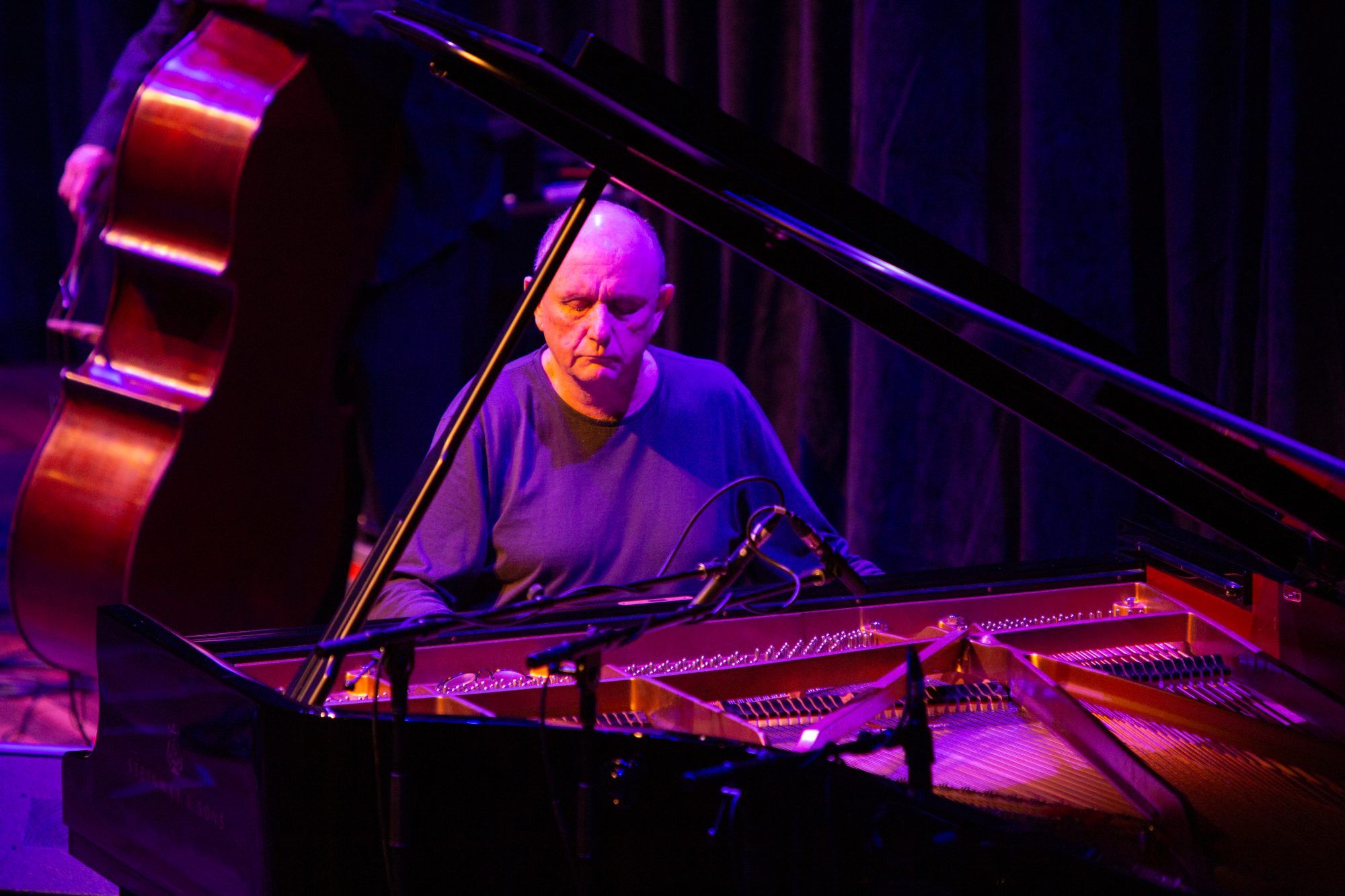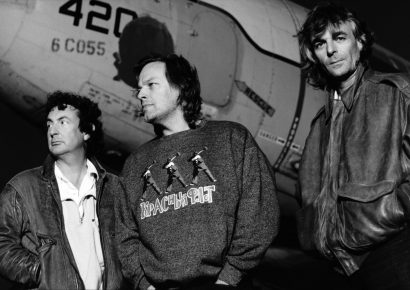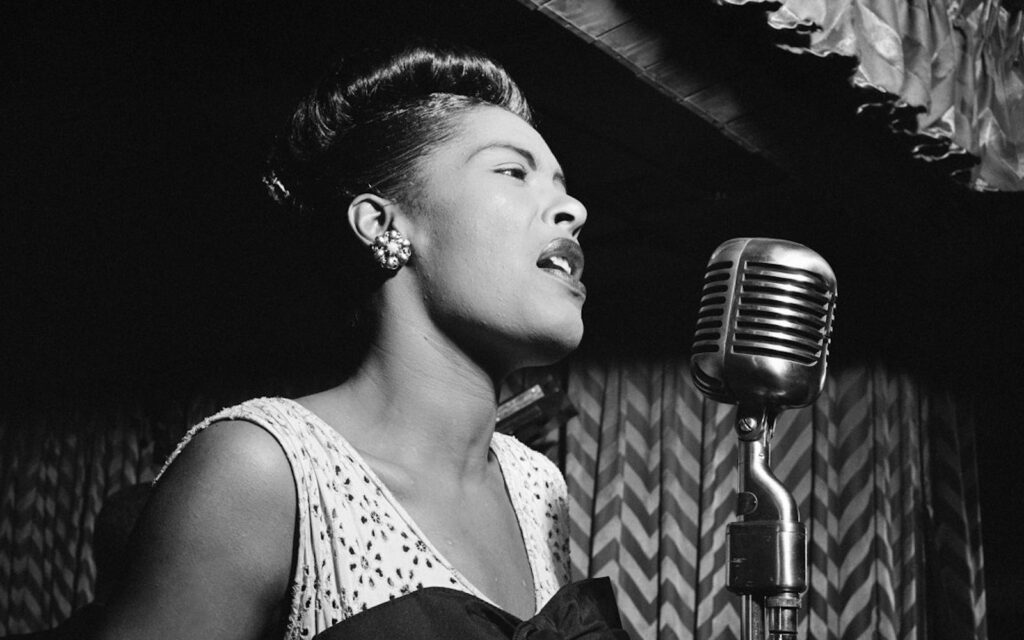Photos by Mark Gambino
The Sydney outfit astounded their audience with their improvisation and musical wizardry.
Going to see The Necks perform is a leap of faith for audience members. You can form a rough outline of what to expect – improvised post-jazz played by a three-piece combo of piano, contrabass and drums/percussion. There won’t be anything resembling conventional songcraft and there will be an absence of cliché.
But where it goes, and more significantly where it takes you, is contingent on the proclivities of the band members on that particular evening and the psychological flexibility you bring in with you.
The Necks are a renowned live act. Listening to their records (and they have a lot of them) isn’t comparable to being at one of the Sydney band’s live shows, which are communal experiences. Conventional popular music performances – where the audience knows the song structures, melodies and progressions in advance – can feel like exchanges between provider and consumer. The Necks inhabit a separate stratum entirely.
As the band members felt their way through the opening sequences, intently listening to one another and heeding feeling and intuition rather than articulable logic, the audience also had to find a way in. You could try to latch onto some thread of philosophical intimation or learn to accept the somewhat anarchic and unpredictable noise, which would likely rustle some feathers in your psyche as it progressed.
The 45-minute piece was led by Chris Abrahams’ active piano playing. It was non-violent but incredibly tense; hummable melodic sequences were in short supply. The repeated note patterns were more akin to percussive noise, but the grand piano nevertheless suffused familiar warmth and centred the performance.
Lloyd Swanton’s bowed contrabass chords and harmonics oscillated from soothing to seat shaking. The circular saw movement of Swanton’s bow was something to watch in itself. Tony Buck began by regarding his drum-kit and surrounding microphones as objects to manipulate. Drumbeats are so old hat, he seemed to imply, preferring to stridently mark the tom skins with the back of his sticks. His maverick application left us aching for a conventional drumbeat for the most part of the performance.
During it all, where did we go? It was comfortable, Hamer Hall is a safe place, which was full of kindred spirits spanning four generations. The sound was outstanding, immersive but not dousing, and it wasn’t especially tormenting music. It did, however, jemmy open one’s vulnerabilities. It’s amazing how after witnessing a performance such as this – or participating in this kind of energy exchange – you later find yourself discussing things more openly than you might otherwise have been inclined.
The Necks – always brilliant and yet always eluding explication, and perhaps more crucially, always offering something that challenges us to be our better selves.









